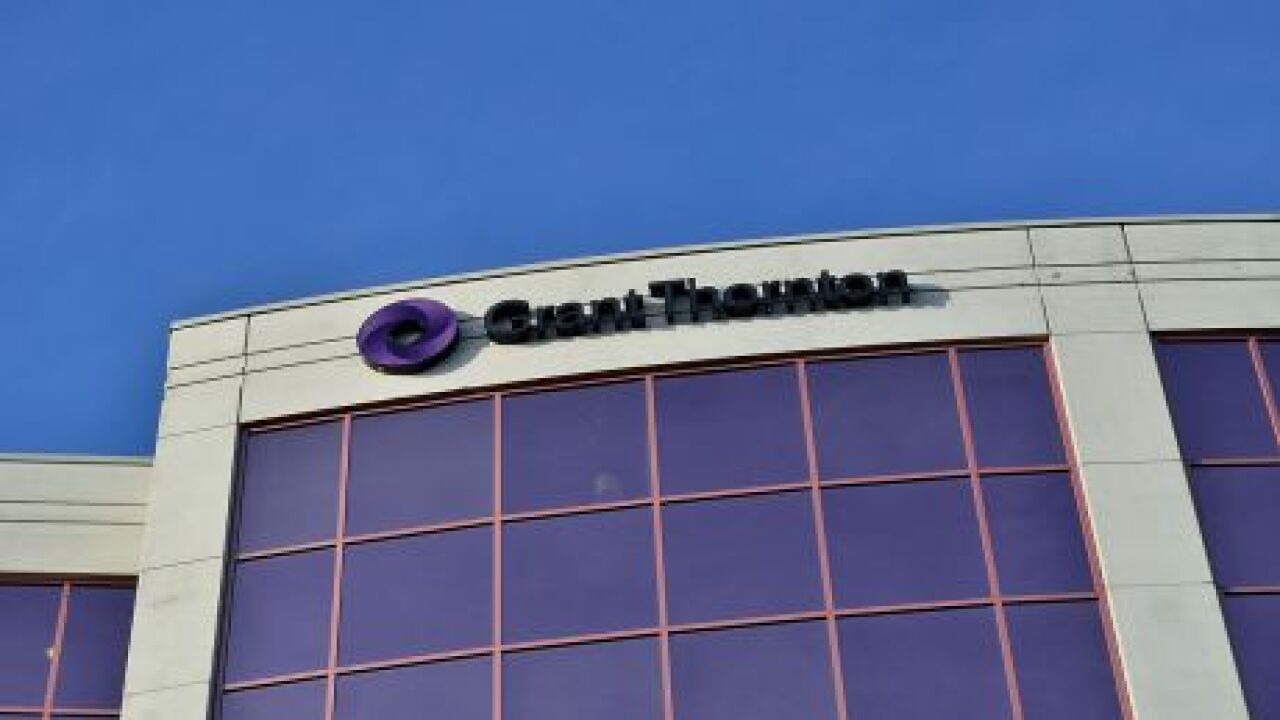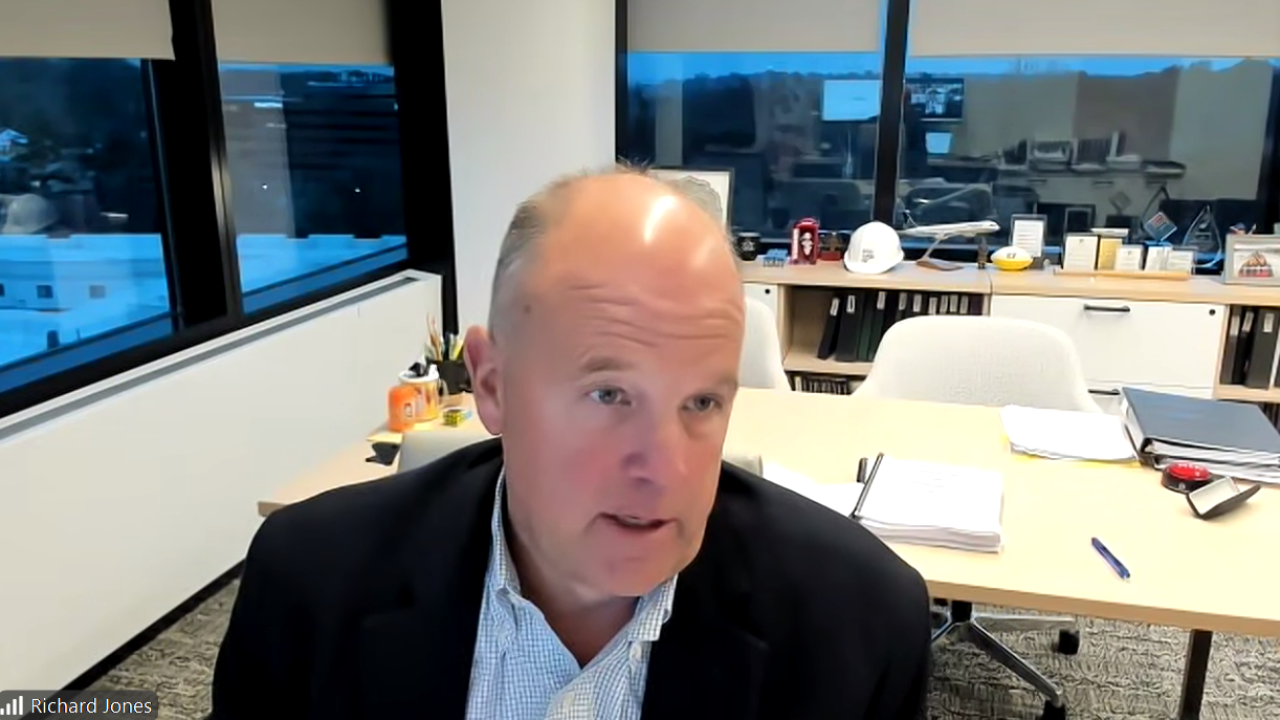Private sector employers added 163,000 jobs last month, according to payroll giant ADP, in a sign of slowing growth as the labor market gets tighter despite tax cuts.
Small businesses added 21,000 jobs in August, including 9,000 at businesses with between one and 19 employees, and 12,000 at businesses with between 20 and 49 employees.
Midsized business with between 50 and 499 employees added 111,000 jobs in August. Large businesses added 31,000 jobs in August, including 27,000 at companies with between 500 and 999 employees, and 4,000 at large corporations with 1,000 employees or more.

The service-providing sector accounted for 139,000 jobs, including 38,000 in professional and business services such as accounting, tax preparation and other services. The goods-producing sector added 24,000 jobs in August. Franchises added 27,000 jobs.
“Although we saw a small slowdown in job growth, the market remains incredibly dynamic,” said Ahu Yildirmaz, vice president and co-head of the ADP Research Institute, in a statement. “Midsized businesses continue to be the engine of growth, adding nearly 70 percent of all jobs this month, and remain resilient in the current economic climate.”
Mark Zandi, chief economist of Moody's Analytics, which compiles the monthly
“Job growth has been closer to 200K per month for more than a year and even a bit stronger in the past six months,” Zandi said during a conference call with reporters Wednesday.
August's uptick of 163,000 jobs is relatively modest, but many people take vacations during August and are slow to report their company's employment data, so the figure ultimately may be adjusted upward for the month. But beyond technical adjustments, more fundamental factors may be at play.
“There is some evidence that the tightening labor market is now biting into job growth,” said Zandi. “Businesses, particularly small businesses, are having difficulty filling open positions. We have a record number of open positions across nearly every industry in most parts of the country. Job growth at small businesses — we define them as companies with less than 50 employees — has been slowing quite significantly over the past two to three years. If you go back two or three years ago, job growth at small companies was close to about a million per annum. Now we’re down to about 500,000 per annum, so it’s halving the rate of growth in the past couple of years.”
Wage growth has picked up in a more pronounced way among small companies, Zandi noted. Small businesses are having an especially difficult time competing against large companies in retaining workers and hiring new ones.
The trade war may also be slowing down job growth. “I do think the escalating trade war is starting to show up in slower job growth at very large companies that have over 1,000 employees.” said Zandi. “These are the large multinational companies that have operations everywhere and do business everywhere. As you would expect they would be the ones that would be most sensitive to the effects of the trade war, the higher tariffs, and perhaps even more importantly at this point the uncertainty created by the trade war. Large companies at this point may be delaying hiring and not being quite as aggressive in their hiring because of the ill effects the trade war might have on their business. Midsized companies, no problem. We’re continuing to see very solid job growth, and in fact they’re leading the way in job growth right now.”
The Tax Cuts and Jobs Act that Congress passed last December seems to be having only a temporary impact on hiring.
“The tax cuts are juicing up growth temporarily,” said Zandi in answer to a question from Accounting Today. “These are deficit financed, so the Treasury is out issuing more bonds to raise money to provide for the tax cuts. So that’s just enough growth and you can see that most clearly as you would expect in consumer spending and retail activity. The rate of growth in retail sales has picked up quite significantly and is now up somewhere between 5 and 6 percent year over year. That’s about as strong a rate of growth as we’ve seen over the course of the economic expansion.”
While the tax cuts have helped support growth, the boost may not last much longer, even if Congress manages to pass further tax legislation.
“My sense is the benefit of tax cuts on consumer spending, retail and the broader economy will begin to fade by this time next year,” said Zandi. “Tax cutting will be pretty much over by that point, and we’ll see retail growth start to slow back to the rates that prevailed before the tax cuts. So this is a temporary boost to spending and economic activity. Right now, there is a piece of legislation in the House Ways and Means Committee to provide for more tax cuts, but that’s mostly just extending the individual tax cuts that were passed at the end of last year. Under current law, the individual tax cuts expire in 2025 and the taxes go back up to where they were before, so you have a kind of cliff that’s out there a few years from now. The thinking by the Republican sponsors is that they would extend those tax cuts and make them permanent going forward. My understanding is that piece of legislation probably will make it through the House but very likely won’t make it through the Senate. That is something where we’ll probably have to see how the midterms play out. Depending on what the politics and the economy look like, we’ll see whether that gets back on the agenda. But at this point I don’t think I’d count on another round of tax cuts.”
Other tax legislation may emerge from Congress as well, along with a possible move by the Trump administration to change the capital gains tax rate.
“There are also discussions about other types of tax cuts that are even less likely and less certain at this point,” said Zandi. “For example, the president has been talking about indexing capital gains to inflation. That would reduce the tax burden on capital gains going forward, but that seems rather unlikely at this point. But those types of things in Congress right now would have very little or no impact on current economic activity because they’re largely related to things in the future. There are also some tweaks that need to be implemented to make the previous tax cut more workable. It was passed pretty quickly, and there were a lot of moving parts. Some of the parts weren’t put in the right place, and there needs to be some legislation to fix things. Maybe the legislation to fix some of the problems in the tax code created by the tax cut will be passed, but again that probably won’t have much impact on economic activity.”





